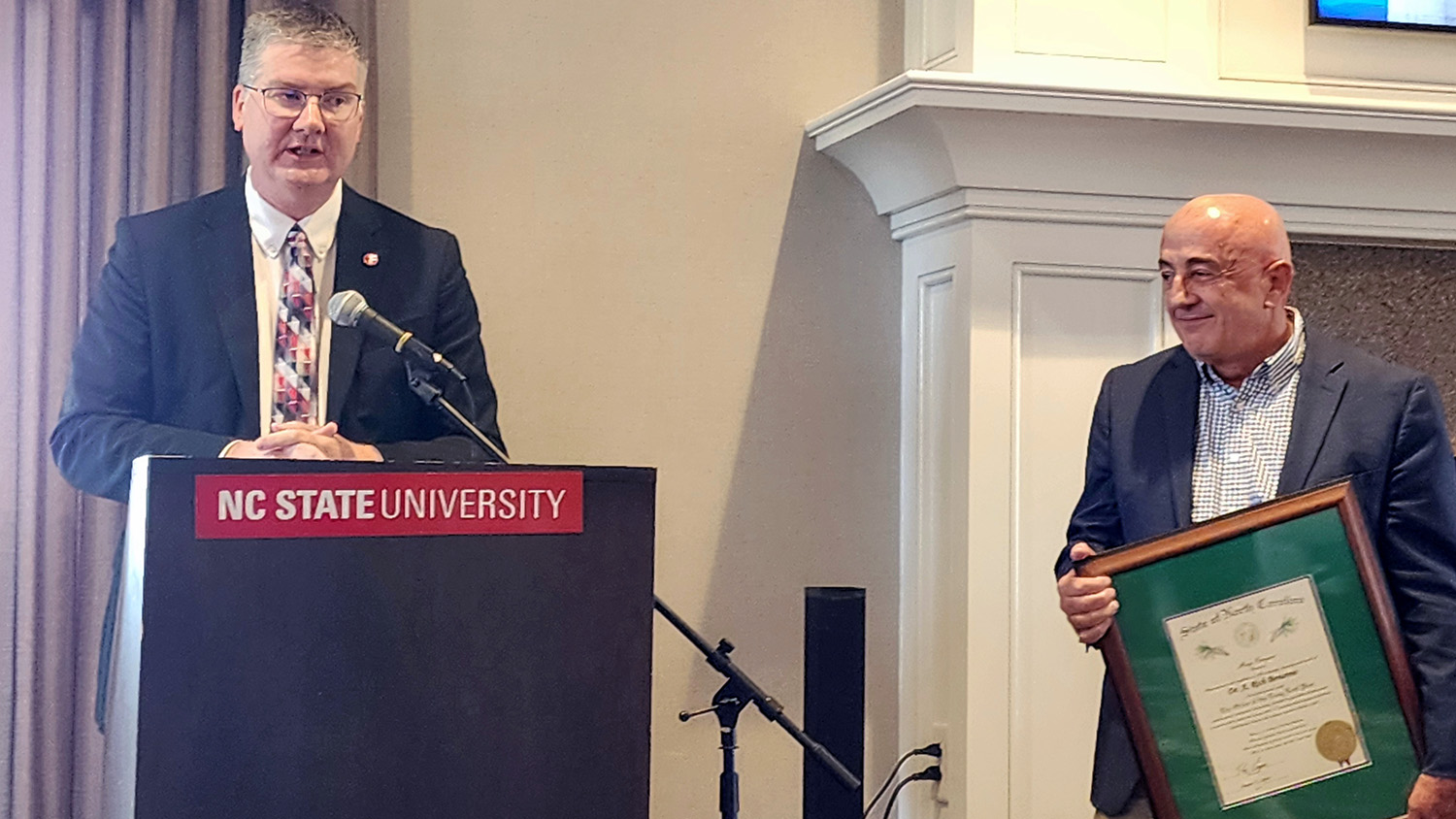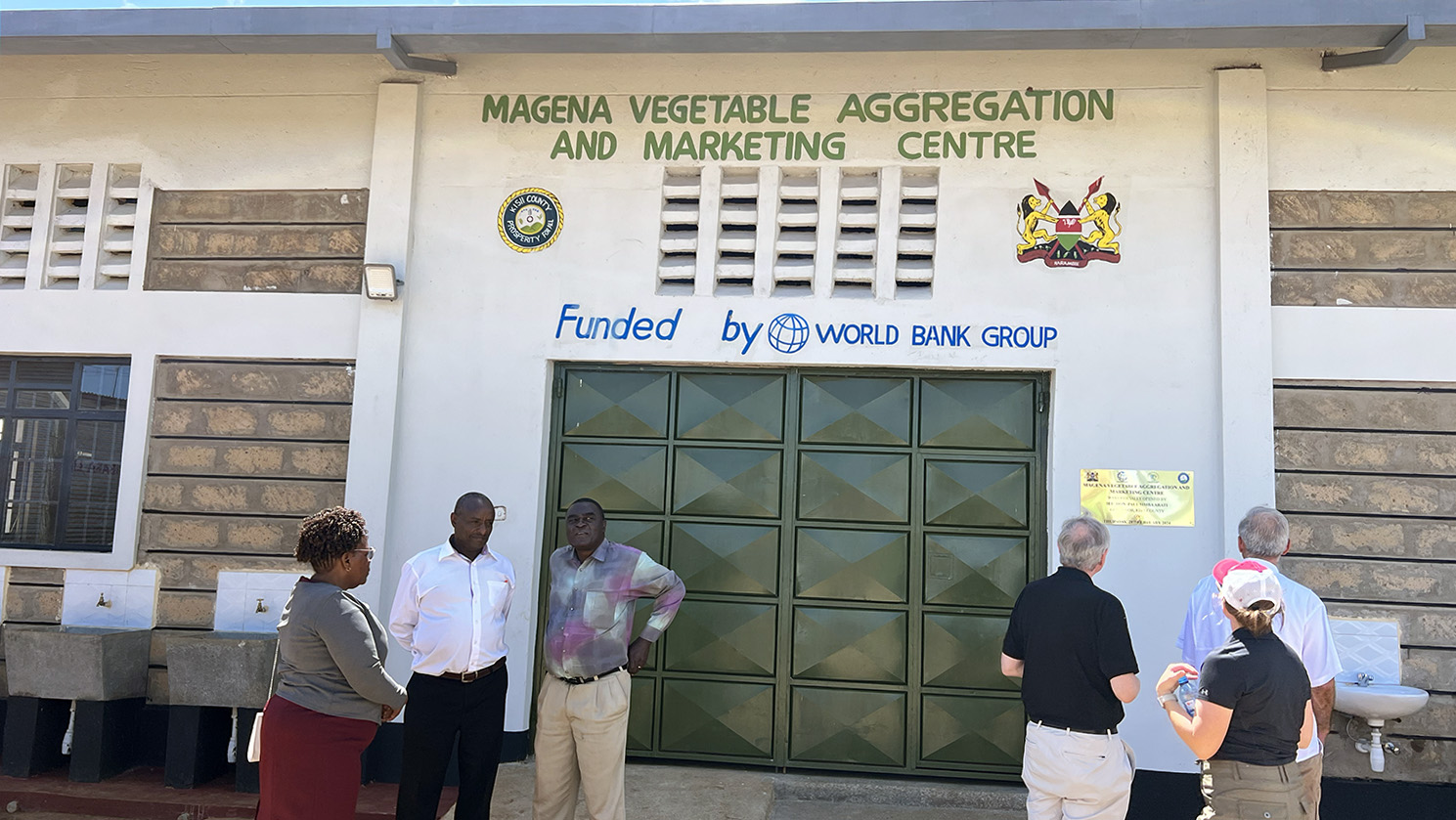Impacts of the USDA Broadband Loan and Grant Programs: Estimating Rate of Return

By Ivan T. Kandilov, Associate Professor
Mitch Renkow, Professor and Extension Specialist
How much does publicly-funded infrastructure stimulate local economic performance? This broader debate comes into focus via research that estimates the relative benefits and costs of federal efforts to promote broadband in rural areas.

Department of Agricultural and Resource Economics
The potential stimulative effect of publicly-funded infrastructure on local economic performance has long been a staple in the public discourse on United States rural development policy. An important rationale offered to justify public infrastructure investments argues that they can raise private sector output directly, as an intermediate input into private production processes; and indirectly, by providing complementary inputs that raise the rate of return on private capital. At the same time, geographic remoteness and low population densities of many rural communities impose significant limits on the rate of return to private infrastructure provision — hence, the call for public infrastructure investment.
A salient example of this may be found in recent debates over the role and scope of federal investment in infrastructure enabling deployment of broadband technology into rural areas. Broadband technology delivers enhanced information and communications services at rapid transmission rates to end users. Increasing the availability of broadband in rural communities has been an explicit U.S. rural development policy goal for nearly two decades.

Since 2000, federal broadband grant and loan programs authorized under consecutive Farm Bills have directed more than $1.8 billion to private telecommunications providers in 40 states with the explicit goal of making high-speed data transmission capacity available to rural residents and businesses. In 2009, the American Recovery and Reinvestment Act authorized $2.5 billion in federal funding for these purposes.
In this NC State Economist article, we summarize our recent research aimed at establishing the rate of return to federal government efforts to promote broadband in rural areas. Specifically, we assessed the impact of USDA’s broadband loan and grant programs on the average payroll per worker over those programs’ first five years.
Topics include:
- The Importance of Assessing the Relative Benefit and Costs of Broadband Investments
- USDA Broadband Loan and Grant Programs
- Approach to Research
- Key Findings
Read the full issue of the NC State Economist by clicking the button below.
[button]Read NC State Economist[/button]
- Categories:


